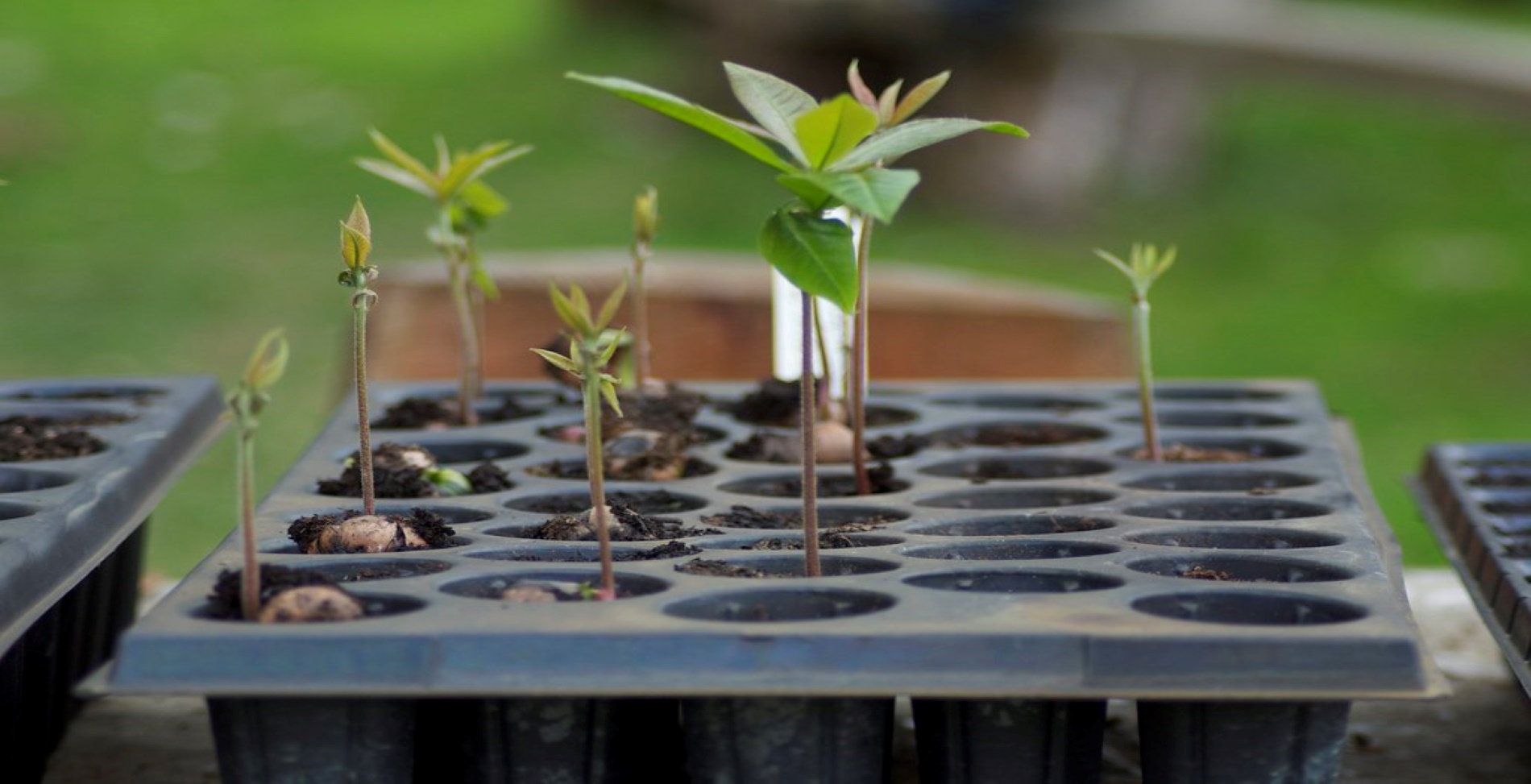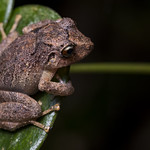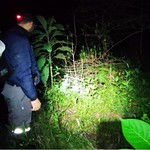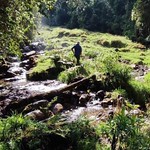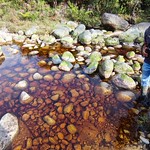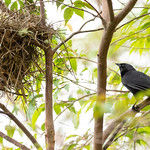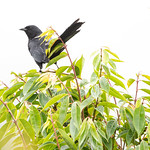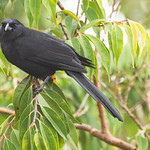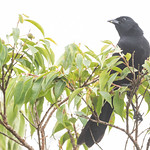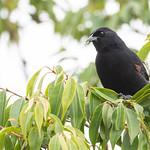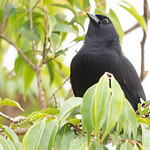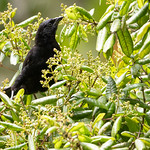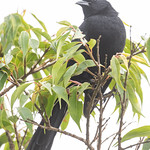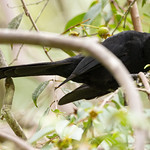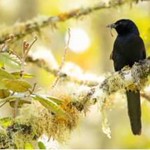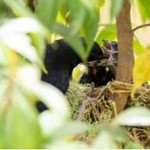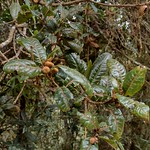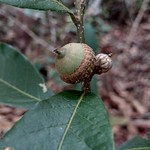Scroll Percentage: 0%
Large Projects in Colombia 2022
From forests to rivers: Finding some of Colombia's most endangered species
Colombia Conservation Facts
Situated in north-western South America on the Tumbes-Chocó-Magdalena and Tropical Andes Biodiversity Hotspots, Colombia is one of the world's 17 megadiverse countries and home to an astonishing 10% of all biodiversity on earth. The forested slopes of the Andes support incredible biodiversity and are important not only for the country's natural heritage but also in preserving some of the world's most unique species. According to the IUCN Red list, Colombia is home to 1,665 threatened species. Approximately 17% of its land and coastal areas are also protected.
Large Projects in Colombia
Three large projects are happening in Colombia which are locally implemented, managed by The Mohamed bin Zayed Species Conservation Fund and sponsored by Mubadala Investment Corporation and its local asset, Minesa. The three projects are taking place across 18 high conservation value areas in the Santander Department and include a ground-breaking project to save three primary species – Lynch’s tree frog (Hyloscirtus lynchi), the Mountain grackle bird (Macroagelaius subalaris), and the Colombian oak tree (Quercus humboldtii).
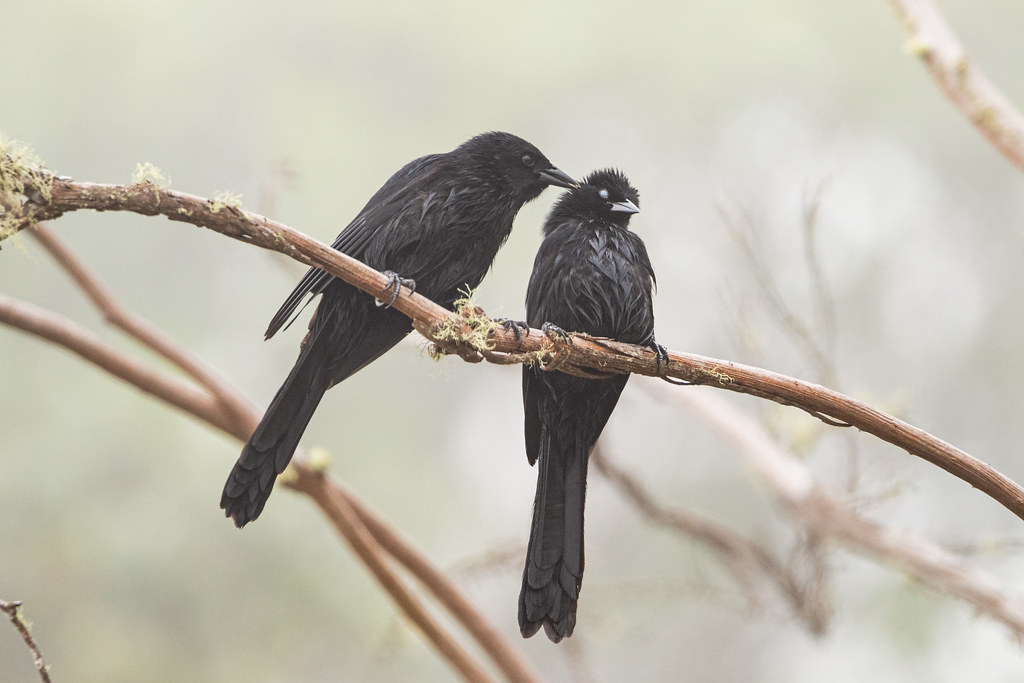
THREE PROJECTS UNDER MANAGEMENT IN COLOMBIA
All three projects are supported by Mubadala Investment Corporation and its in-country asset, Minesa who, through their Soto Norte project, are working together with the community and local authorities to generate common projects that improve the quality of life of the inhabitants in the territory.
Lynch's Treefrog
Project One: Finding and protecting this elusive treefrog
Very little is known about the once common Lynch's Treefrog (Hyloscirtus lynchi) which was last recorded in 2010.
Lynch's tree frog, categorized as Critically Endangered on the IUCN Red List due to severe habitat loss and fragmentation, is limited to a small range (8 km2) on the Eastern Cordillera of the Colombian Andes in the department of Santander between 1,900–2,700 m above sea level. Habitat loss due to agriculture, cattle ranching, and predation by trout are the major threats to this species.
Apart from data capturing to learn more about population densities at key locations, the project also focuses on creating new protected areas for the species, restoring the natural habitat and a community based educational campaign to raise awareness about the treefrog within the species' distribution range. Our aim is to reverse its population trend from decreasing to increasing, in order to update the Red List status and downgrading it from Critically Endangered.
Progress in 2022 and next steps
Highlighted by the Rana Chiva Educational bus
During the course of 2022, surveys were conducted between September and November at Carmen de Chucurí, San Vicente de Chucurí, Virolín, Charalá, and El Peñón, Santander.
Part of the September expedition, the survey team recorded 12 endemic species out of the 22 registered species, distributed across seven families with two of the endemic species listed as vulnerable. In the town of Carmen de Chucurí, three species of glass frogs (Centrolenidae) were found, registering new records for the region and for the department of Santander. These species have not been previously reported in the region.
During samplings carried out in October, the ProAves team register eight species of anurans distributed across four families, all of which are endemic. These included the vulnerable Rulyrana adiazeta and Andinobates virolinensis, as well as the endangered Pristimantis acutirostris, Pristimantis bacchus, and Pristimantis lutitus. During the November expedition, the team recorded seven species of anurans from two different families. The species belonging to the Craugastoridae had never before been recorded in this region.
A big part of the educational outreach programme in order to preserve the Lynch Treefrog will be conducted through social media and the specially designed Rana Chiva bus.
The Rana Chiva bus visited 34 schools and colleges, in seven municipalities reaching 12,498 attendees.
In addition, 1,481 women were trained as part of the Women for Conservation program.
Colombian Mountain grackle
Project Two: Saving this rare grackle from extinction
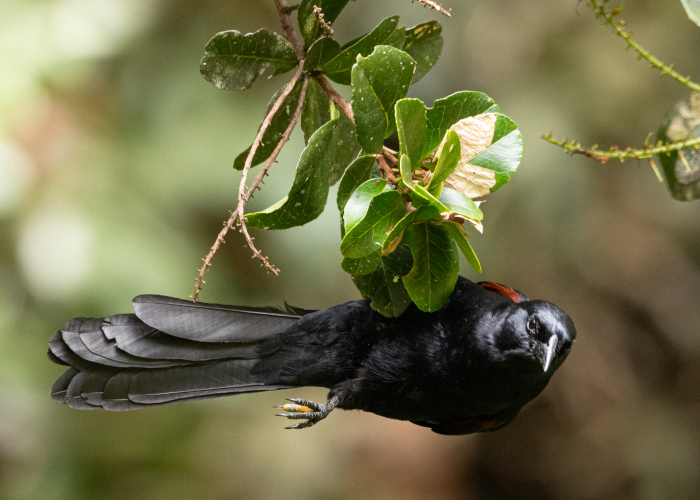
Listen to the Mountain grackle's song
Saving the endangered Mountain grackle from extinction through collecting biological data and community outreach via the Rana Chiva bus.
The endangered (IUCN, 2017) Mountain Grackle is in the decline due to mining and farmland development. In order to protect the natural habitat of the species, it’s important to expand the habitat where the birds roam, a key deliverable of the project. In addition, we are launching an educational campaign to raise awareness about the grackle through a traveling classroom via a school bus conversion called the Rana Chiva. The desired outcome of this multi-faceted project is to reverse the grackle’s population trend from decreasing to increasing, in order to downgrade its Red List status.
Click here to view images from Endangered Colombian Mountain Grackle field report gallery on Flickr.
Progress in 2022 and next steps
The field work section of this project was completed by the end of November 2022. During the reporting period, four expeditions were made to four locations and reached 110 hours of active search area covering 77.24 km.
Between September and November, 91 listings were recorded on the eBird platform, consisting of 778 records, comprising 1,534 individuals belonging to 205 species.
Additionally, while gathering information in the field, 225 photographic records of birds were generated and an additional 107 photographs of their ecosystems. All the imagery has been uploaded onto the ProAves Foundation Flickr account.
Over a 460 km stretch, 78 Mountain Grackle were sighted with 4 priority sites for conservation identified.
Colombian Oak
Project Three: Expanding the oak tree's protected area and ensuring increased population
Colombia’s oak forests have been declining due to timber exploitation.
This is particularly alarming as many rare endemic species, including the Indigo-winged Parrot (CR), Colombian Mountain Grackle (EN), and Rusty-faced Parrot (VU) depend on Andean oak forests for their survival. Biological data will be gathered across Santander through transect and study plots and the use of drones for aerial surveys to locate individual oak trees over a wider area. An educational campaign will be launched to promote awareness of the Colombian oak (Quercus humboldtii) amongst the local community. This project seeks to expand the oak tree’s protected area and ensure population growth, so that it can continue supporting wildlife communities that benefit from these trees.
Progress in 2022 and next steps
During the reporting period, two expeditions were carried out to three locations culminating in a total sampling effort of 440 hours of active search with 106.7 km traveled. During these expeditions, 74 Colombian oak tree individuals (Quercus humboldtii) were reported in two of the visited sites – Páramo de Monsalve, municipality of Suratá and Páramo de Santurbán, Vetas municipality. The presence of Colombian Oak in forest cover was in a good state of conservation. From the start of the project (1 year), an approximate area of 8,500 m2 has been sampled through 85 transects of 100 m2. In the established transects, a total of 2,224 tree individuals have been recorded, of which 36% (801 individuals) correspond to Colombian oak (Q. humboldtii), while 5% (114) correspond to the species Colombian black oak (T. excelsa), and the remaining 59% (1327) corresponds to the other species that coexist in the oak groves studied.
Colombian Oak in healthy state which bodes well for biodiversity and survival rate for other species depending on its wellbeing.
Field reports
12-day Expedition to find the Lynch treefrog
The Colombian Oak stands tall
Mountain grackle and other endangered birds identified
Three expeditions and over 297 hours of active search
